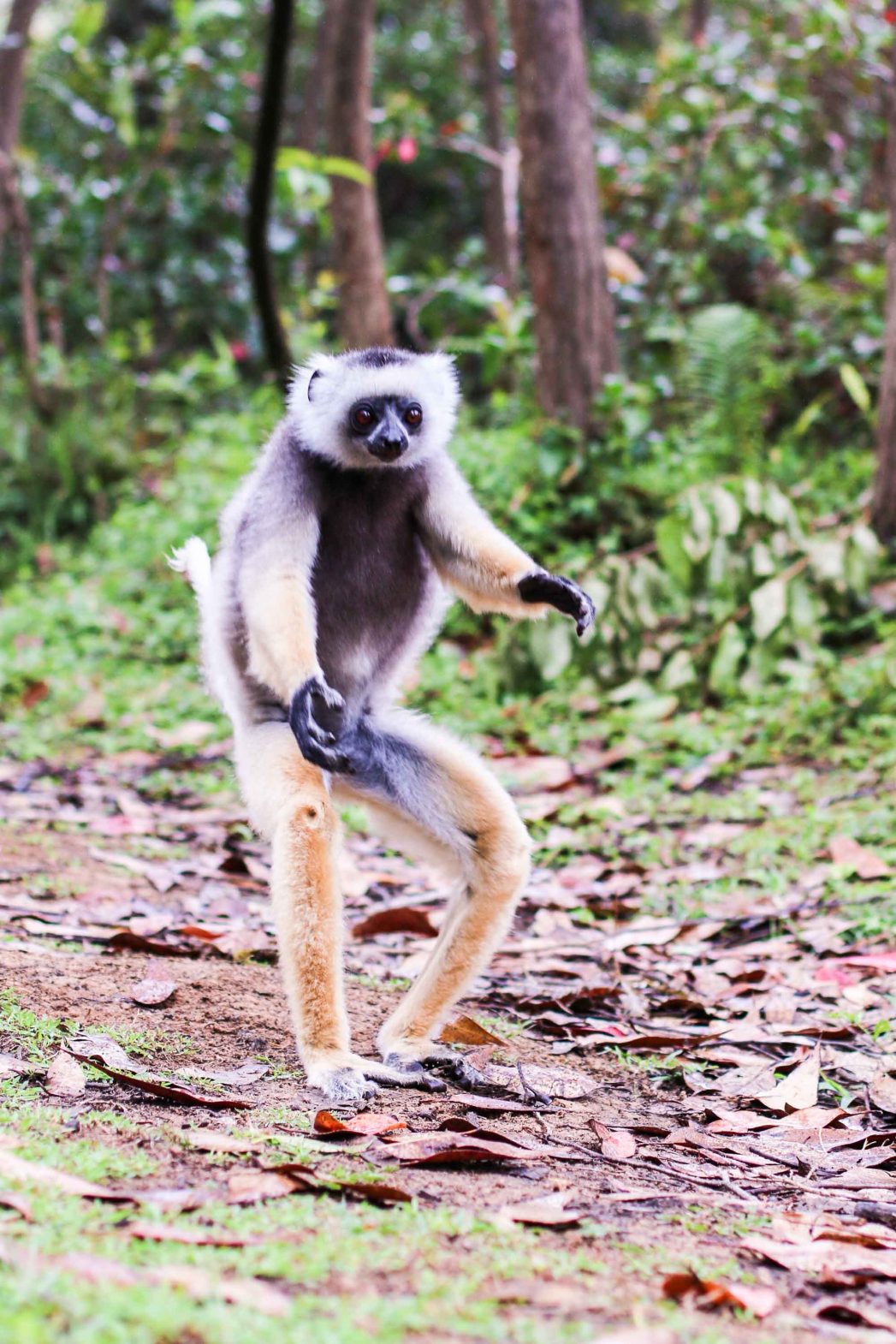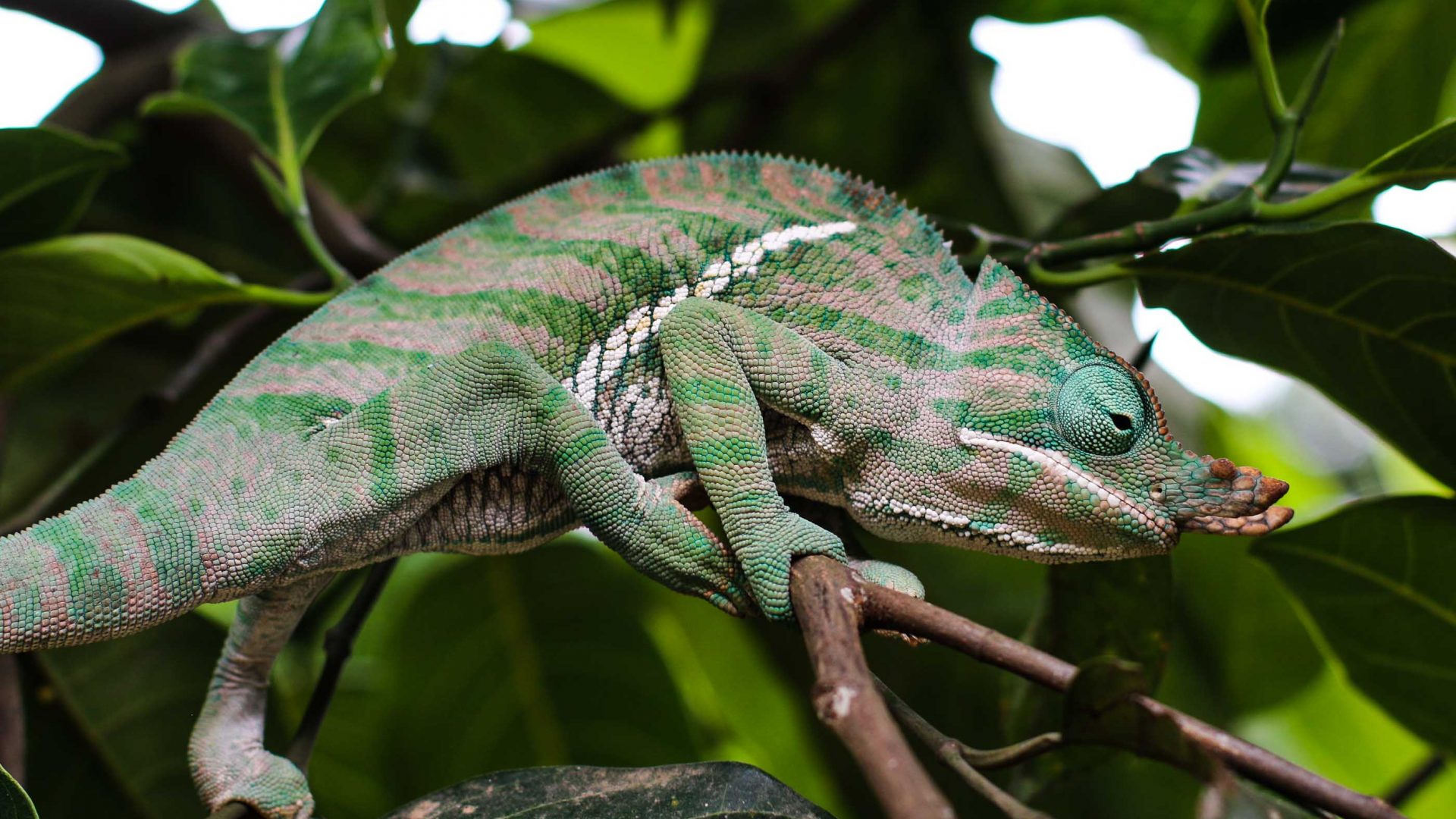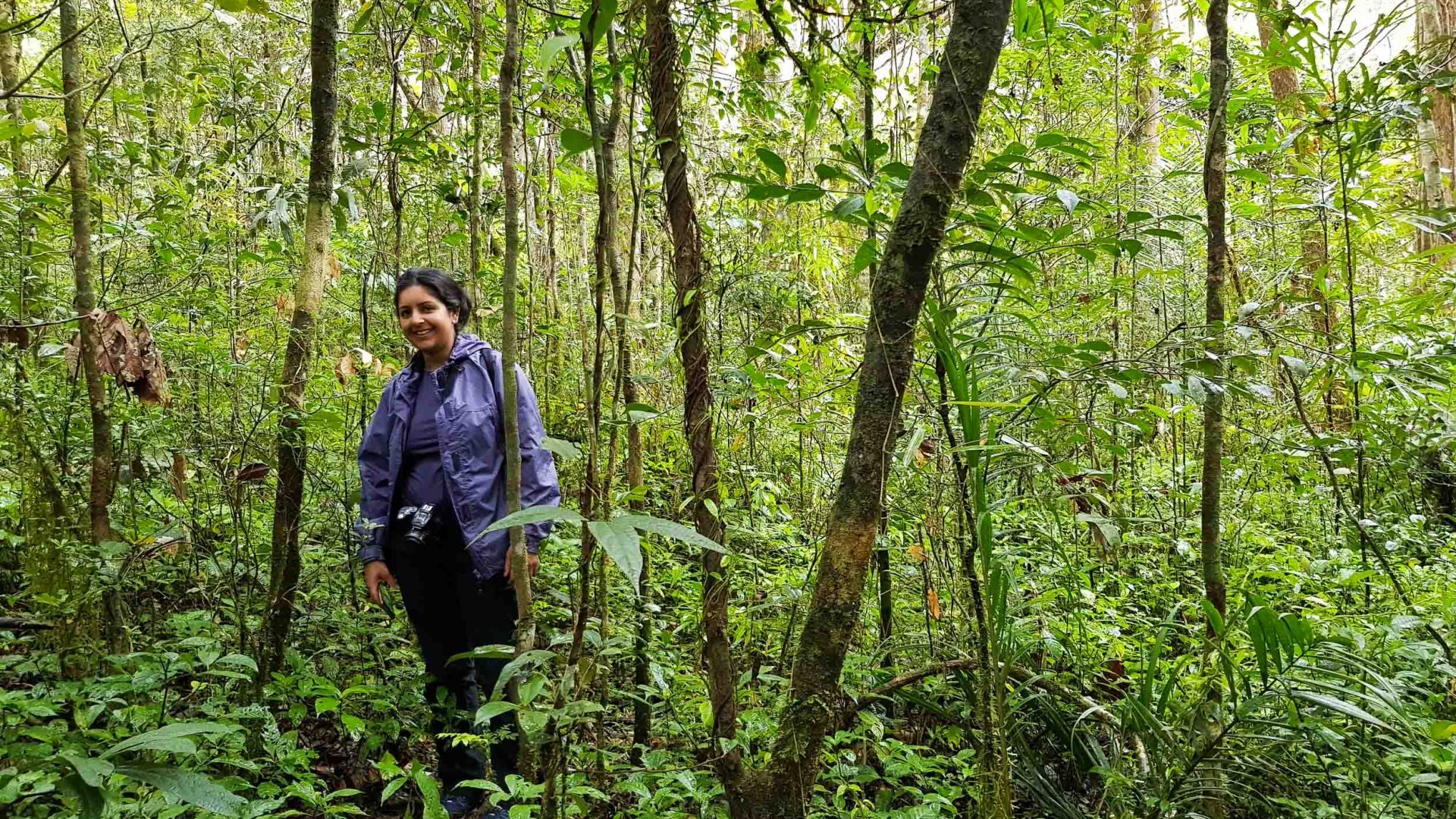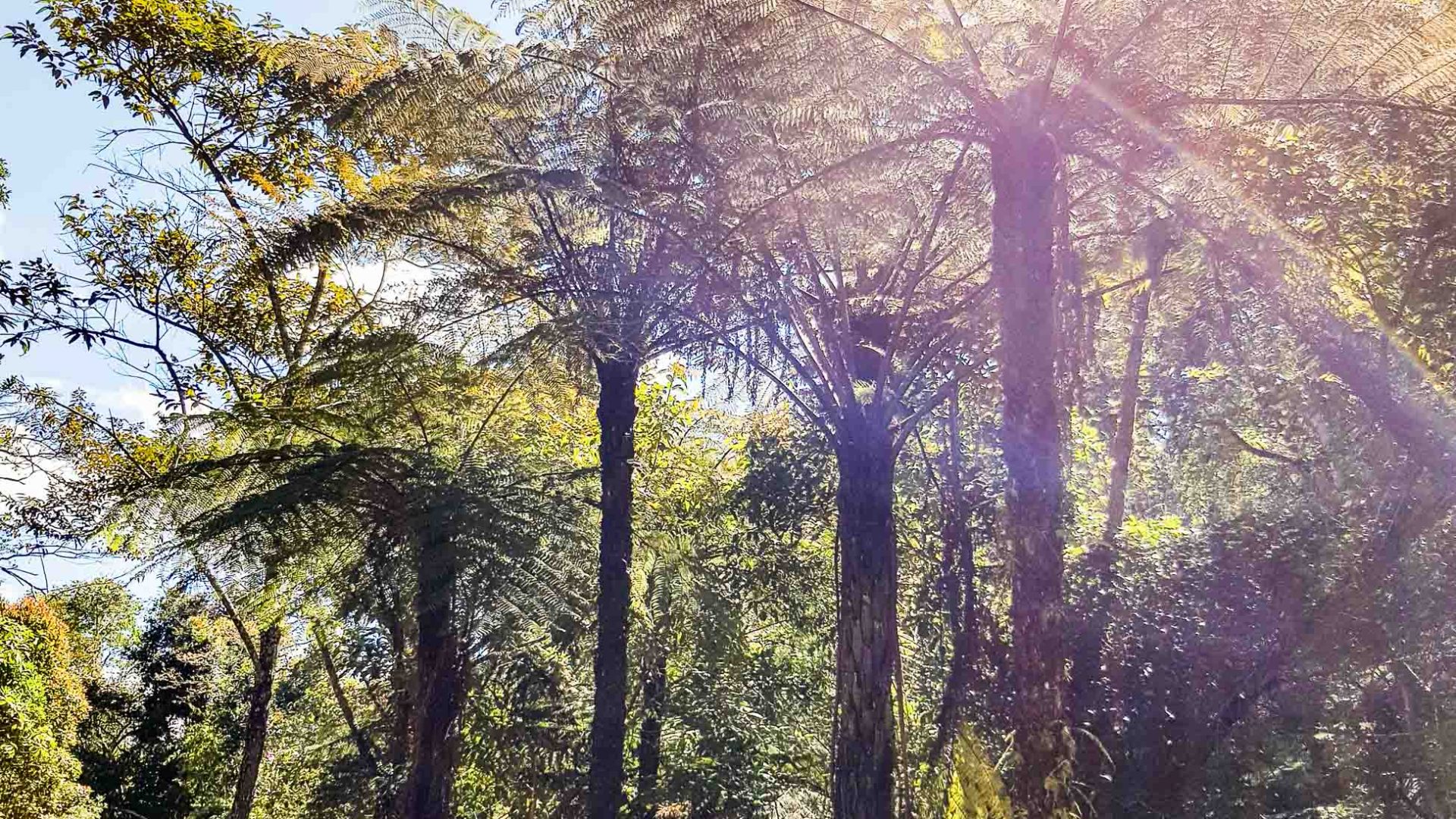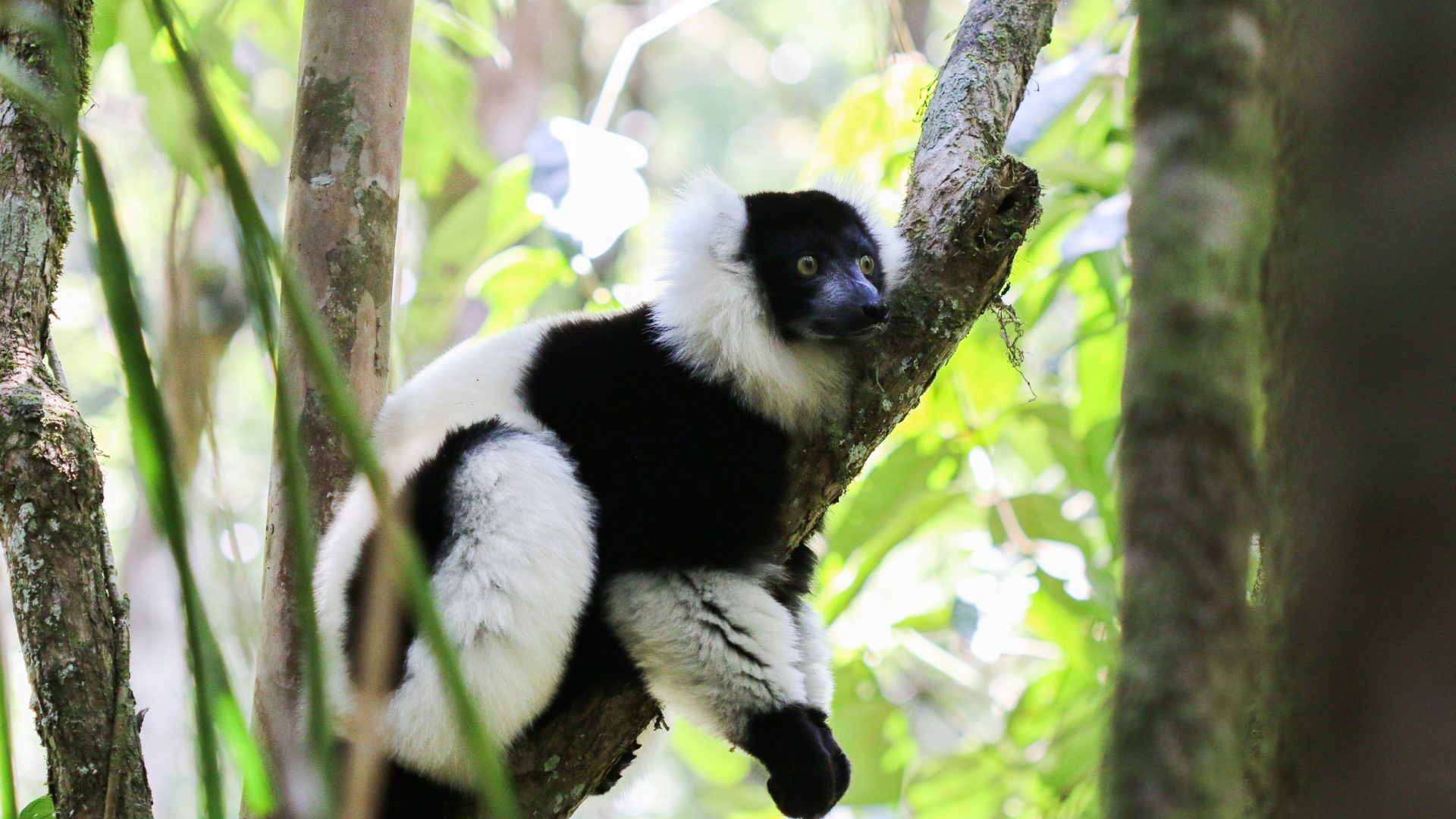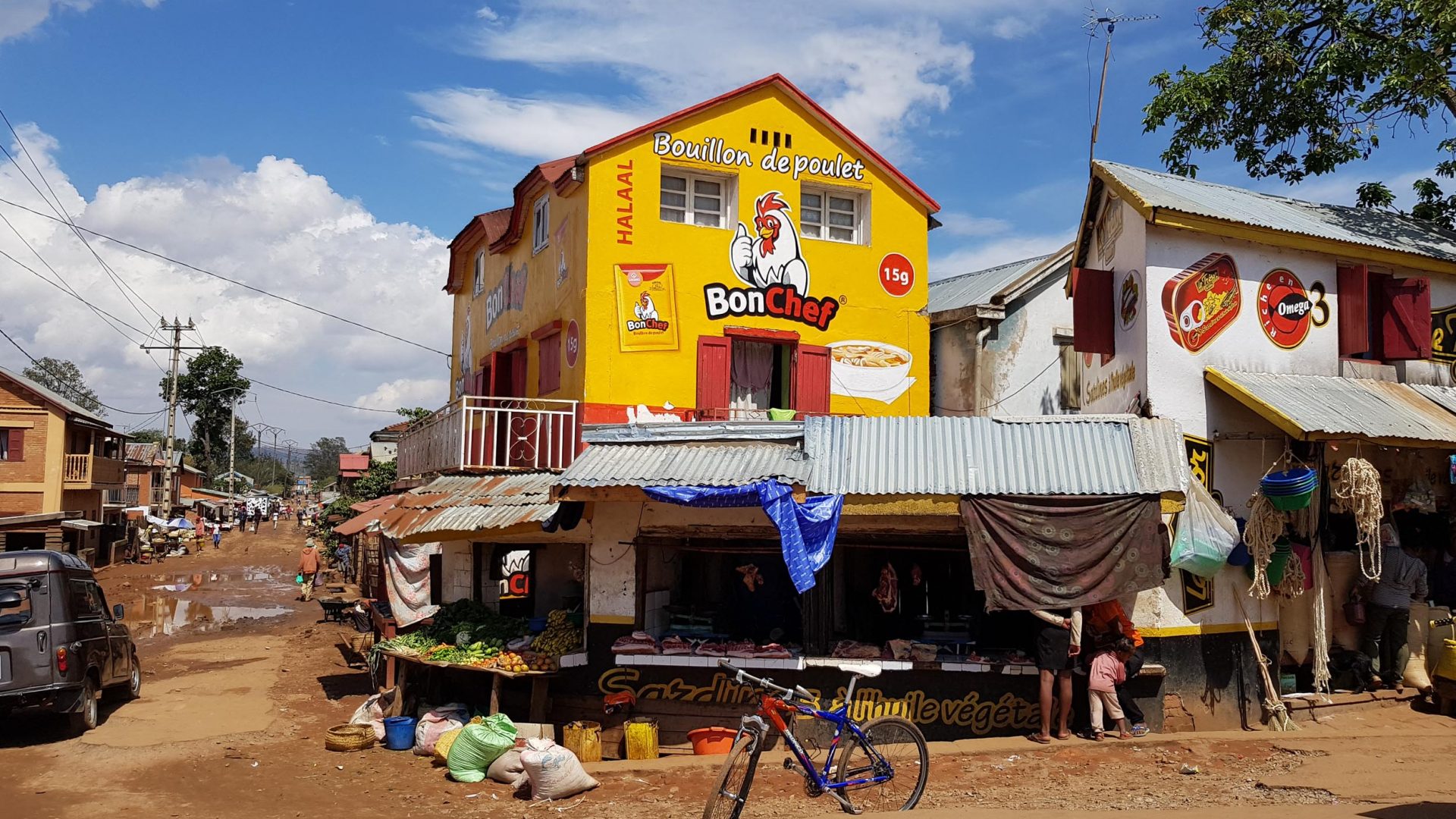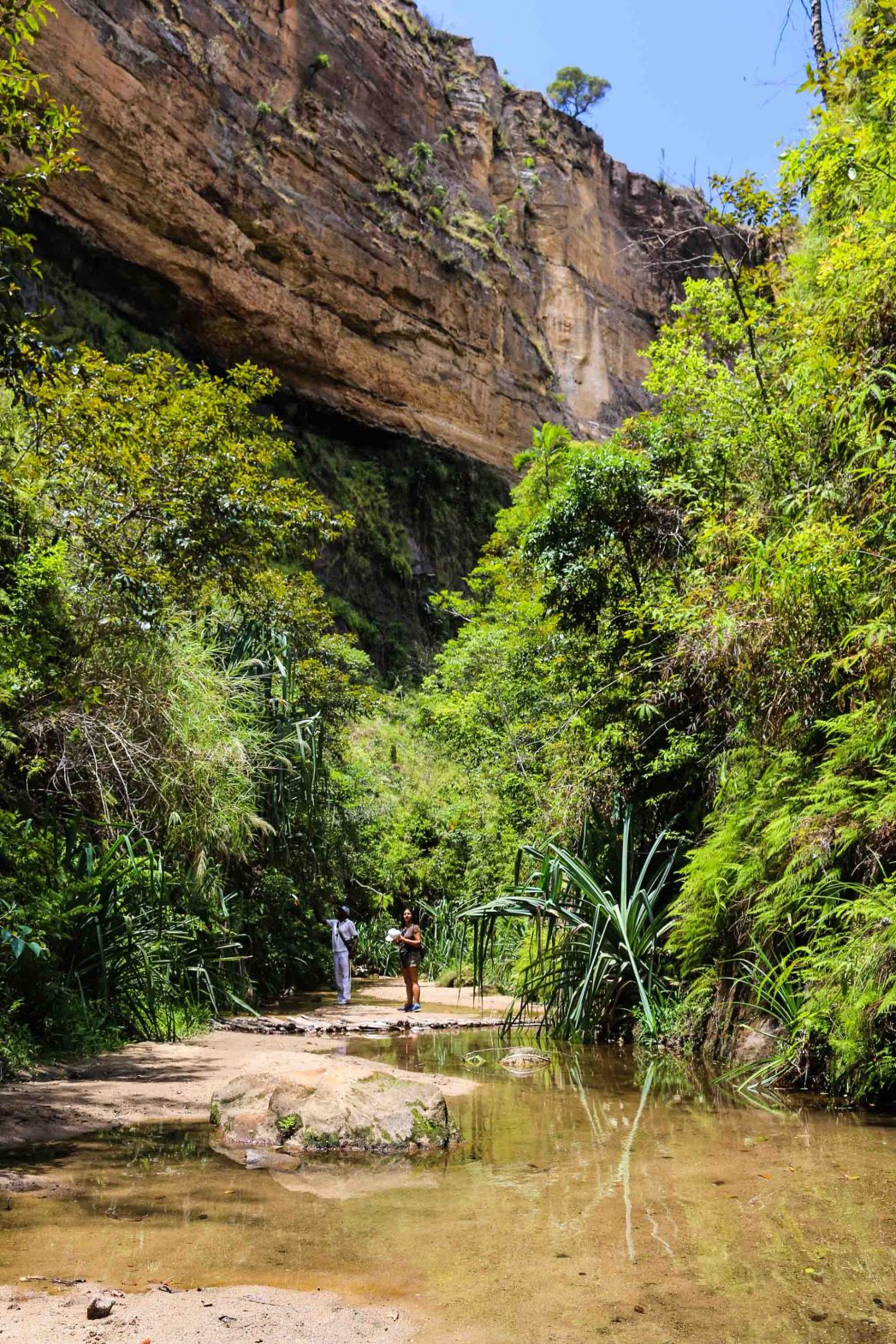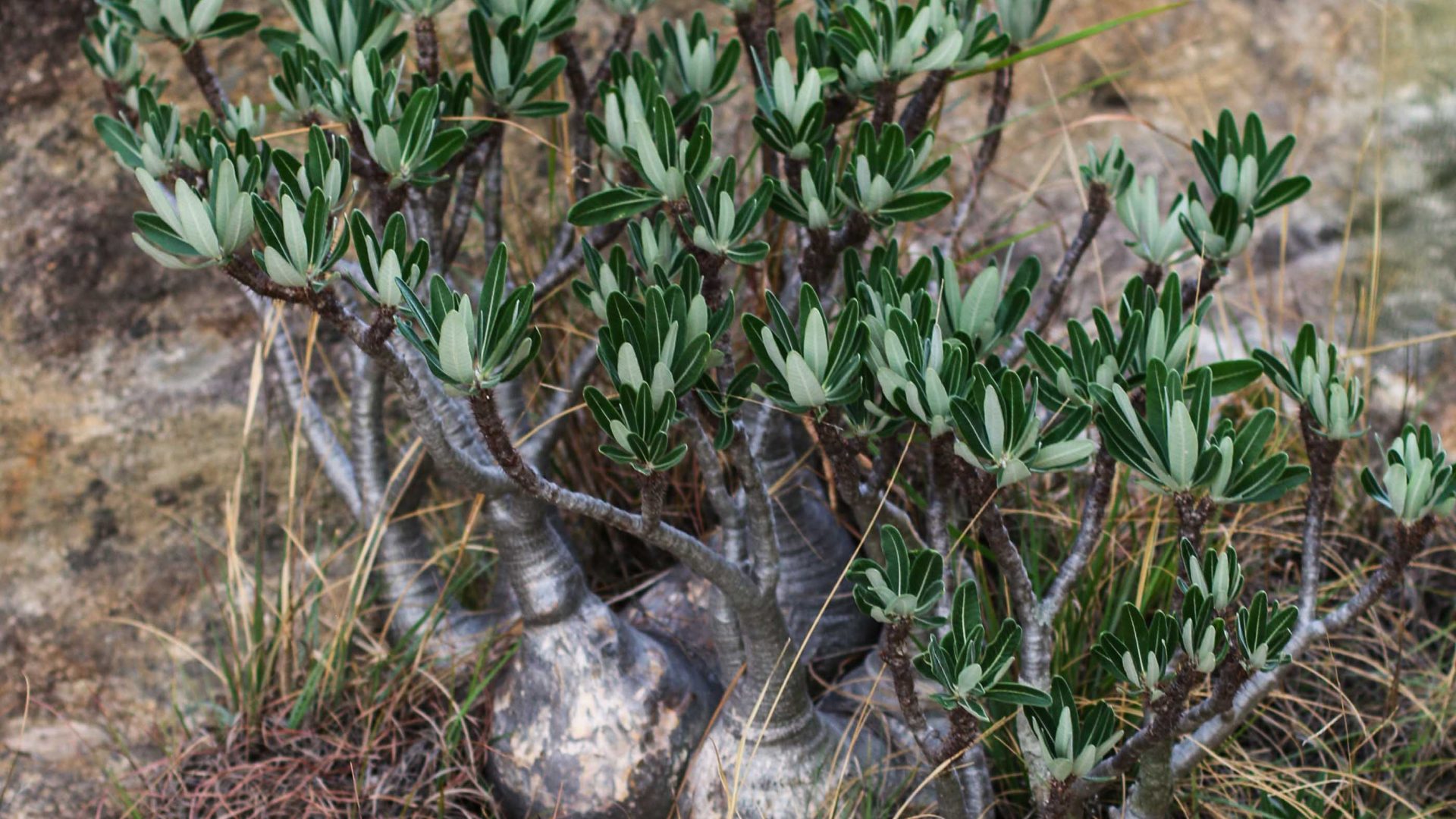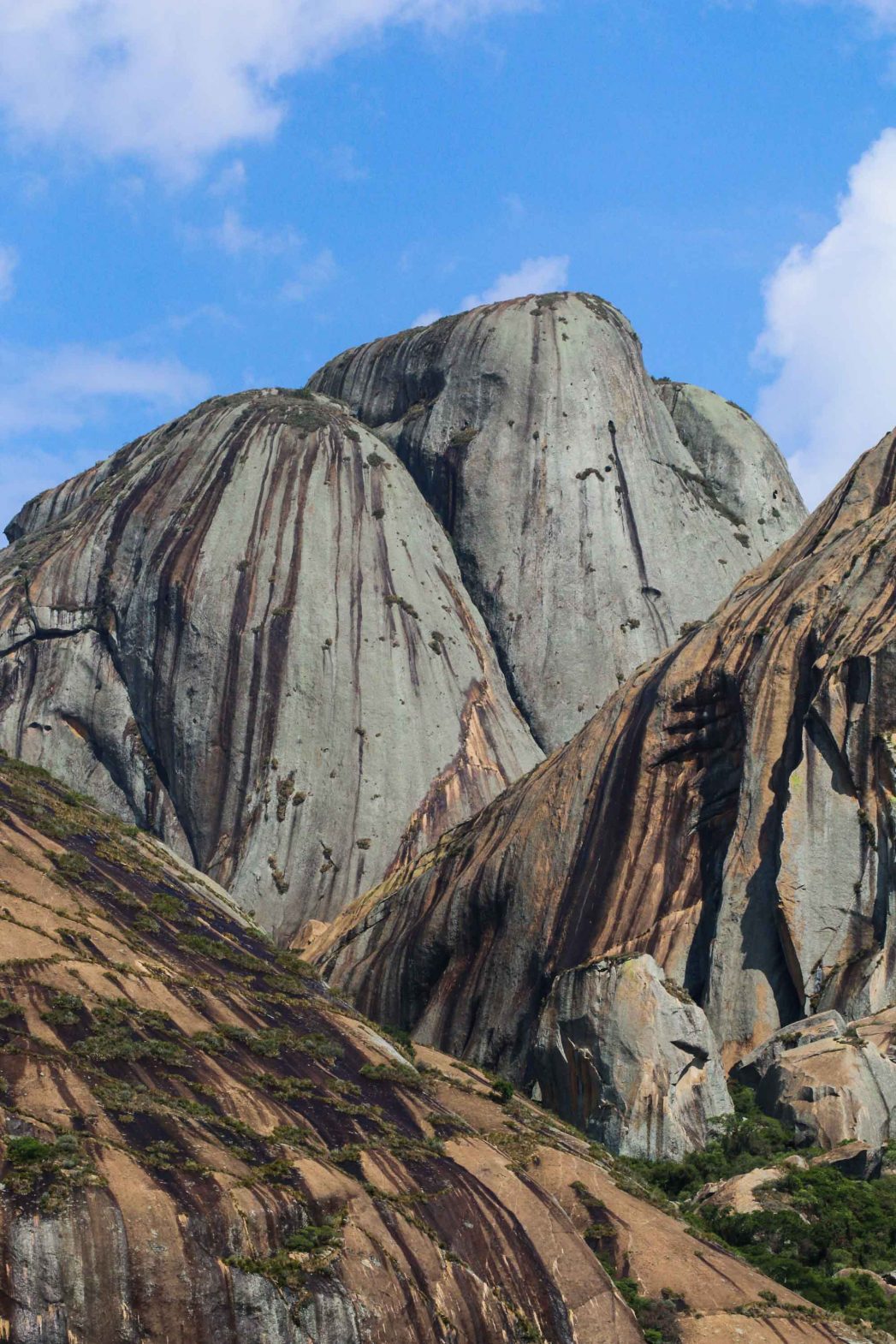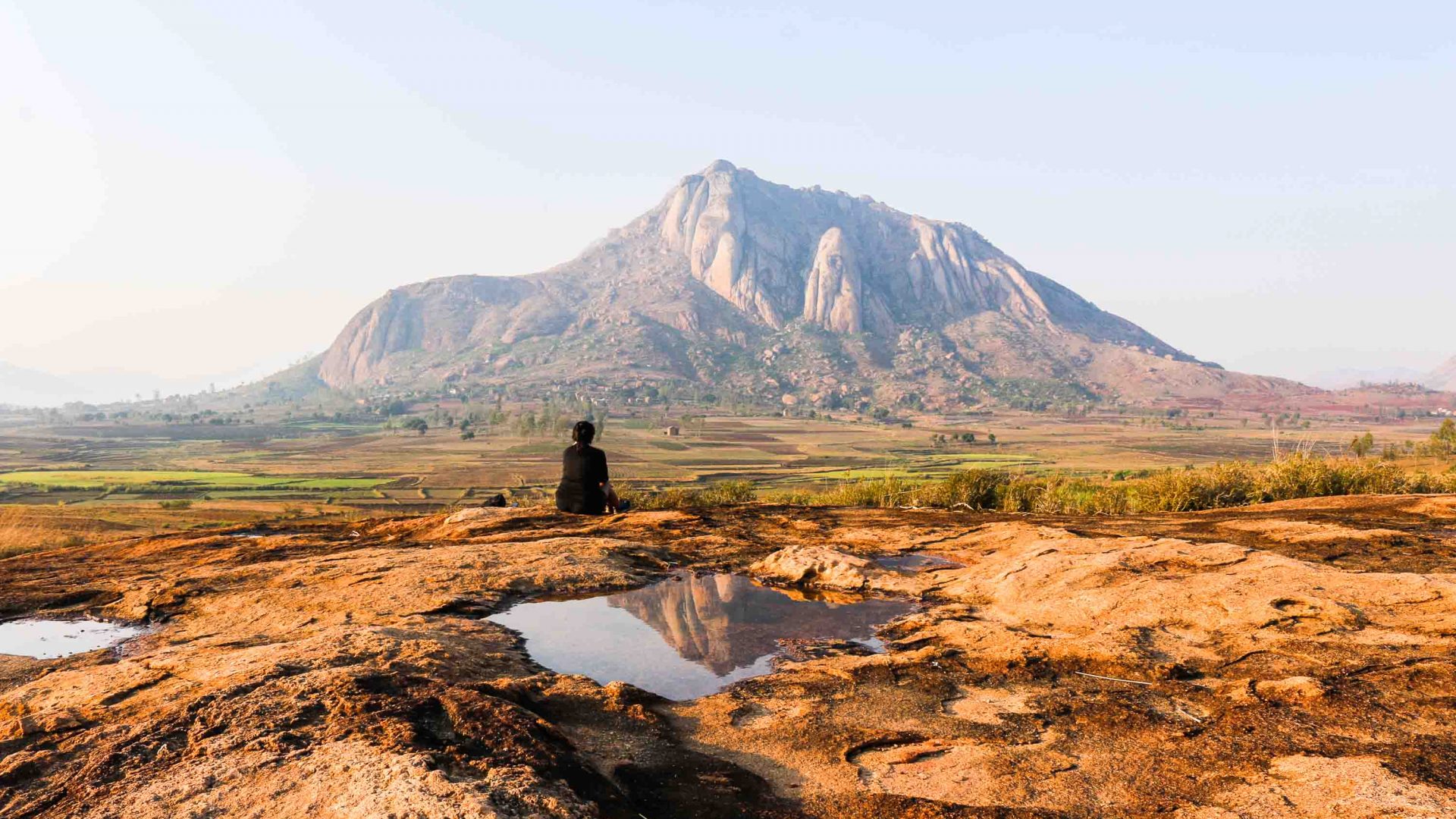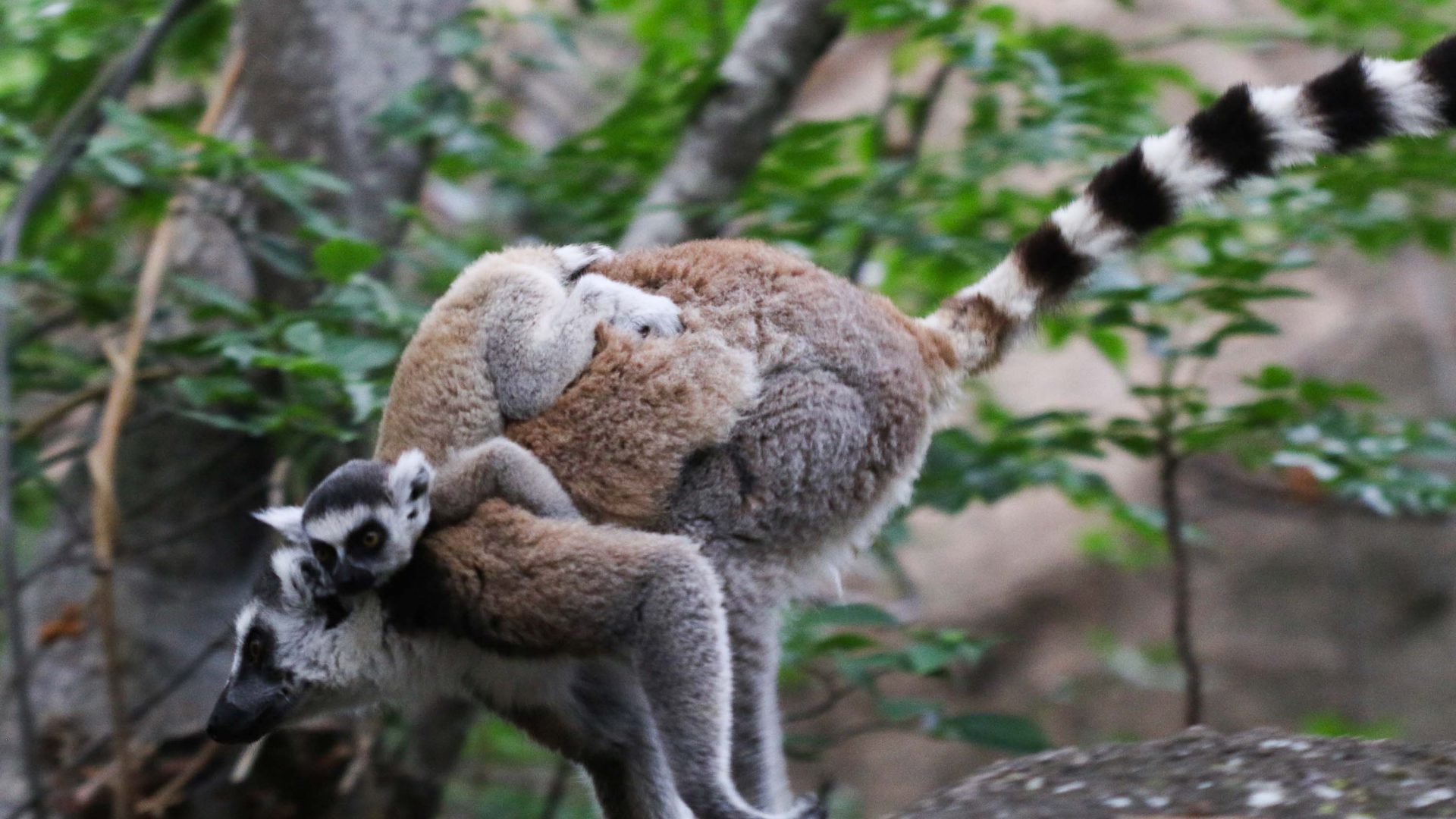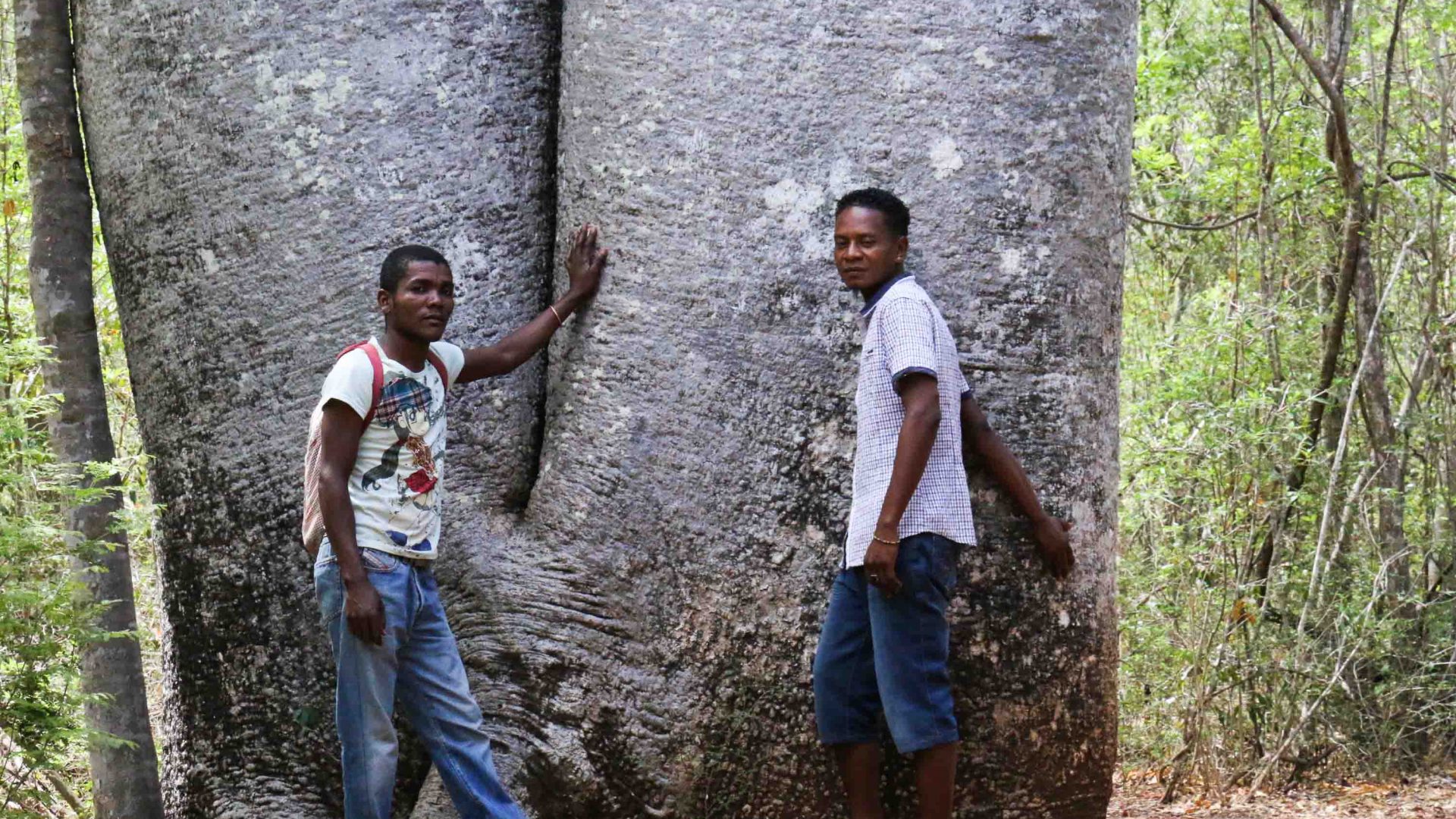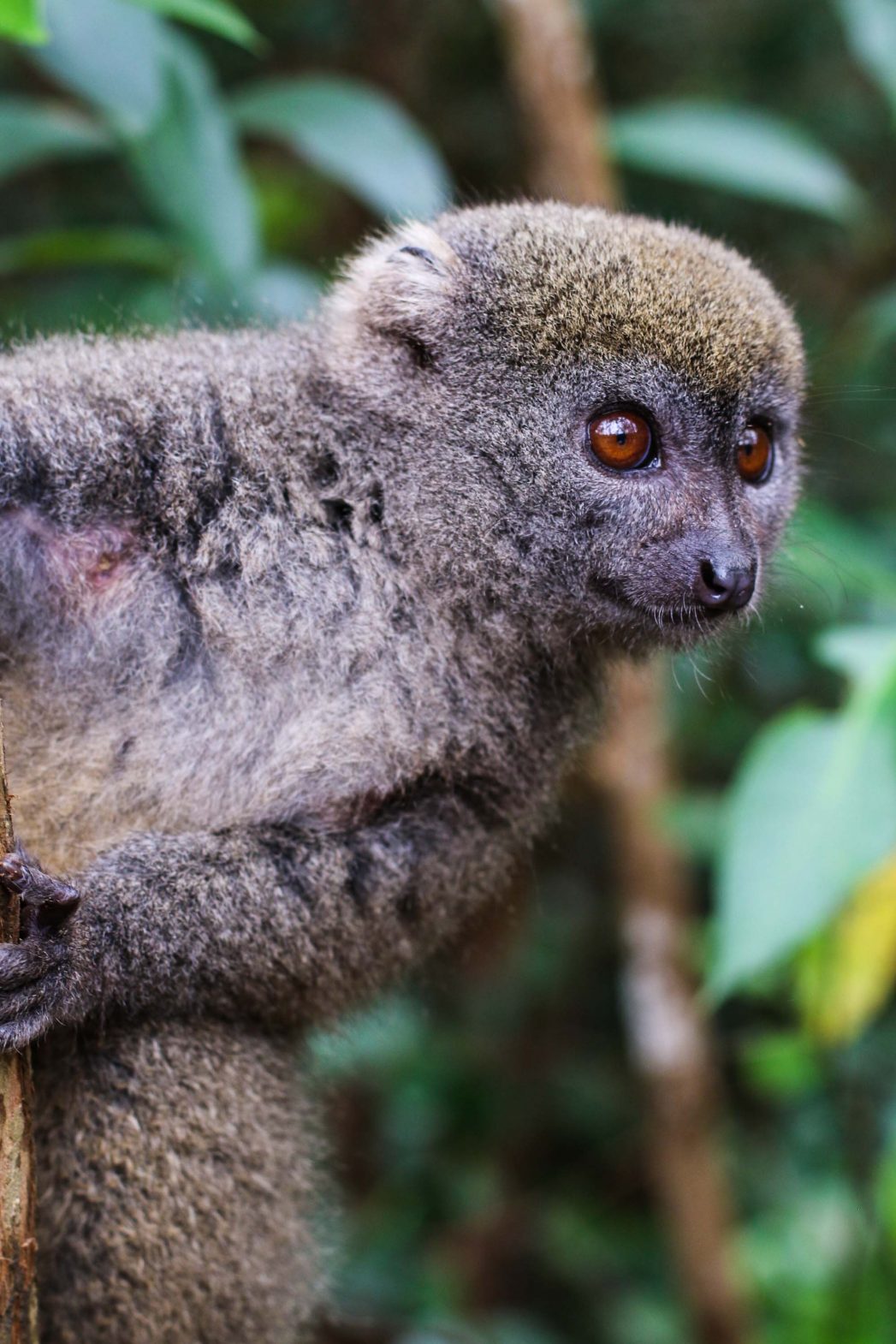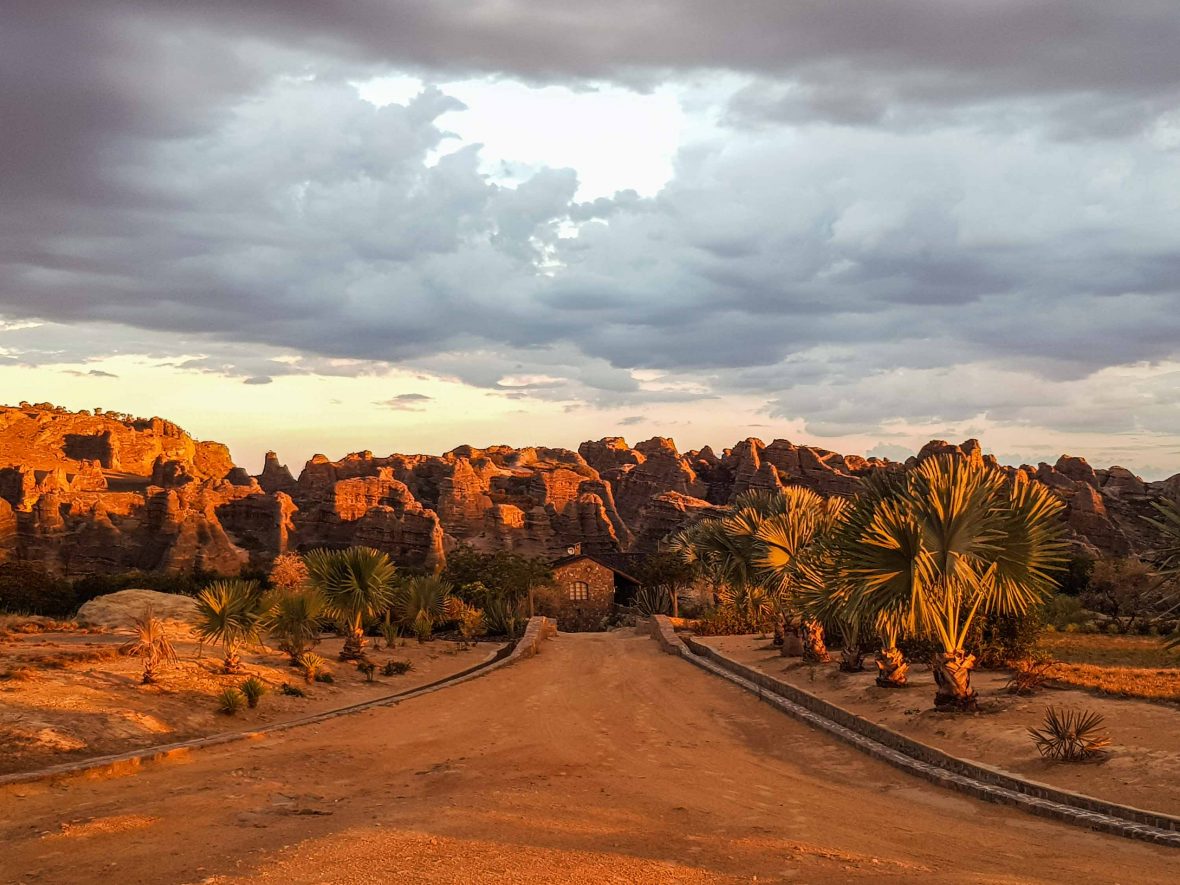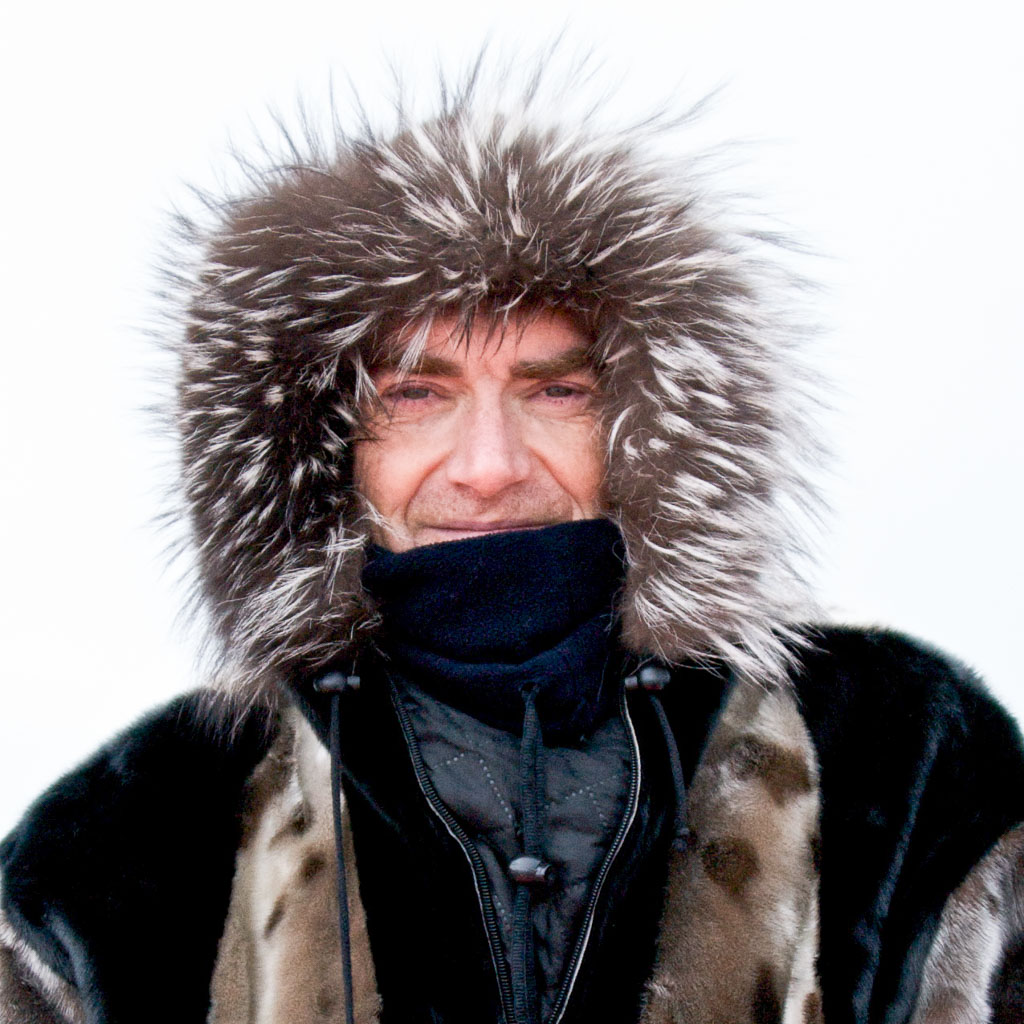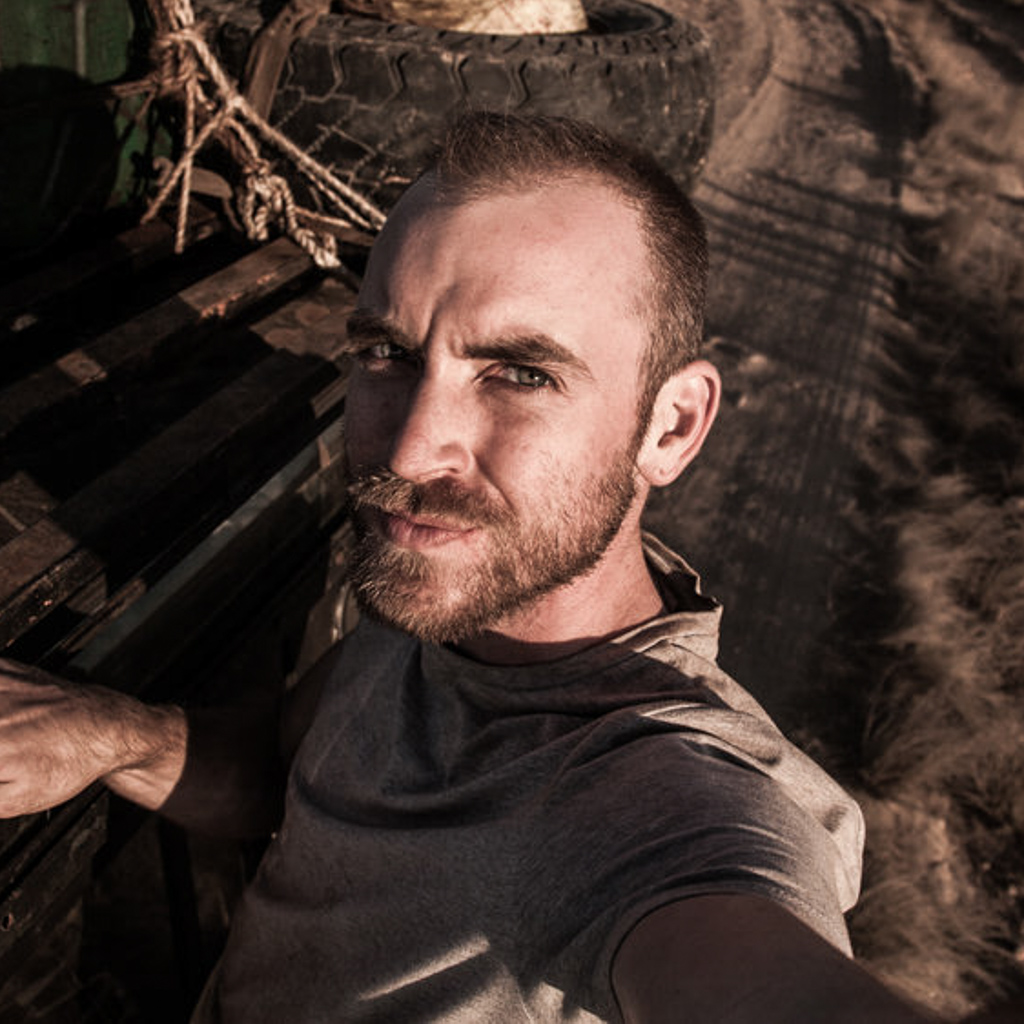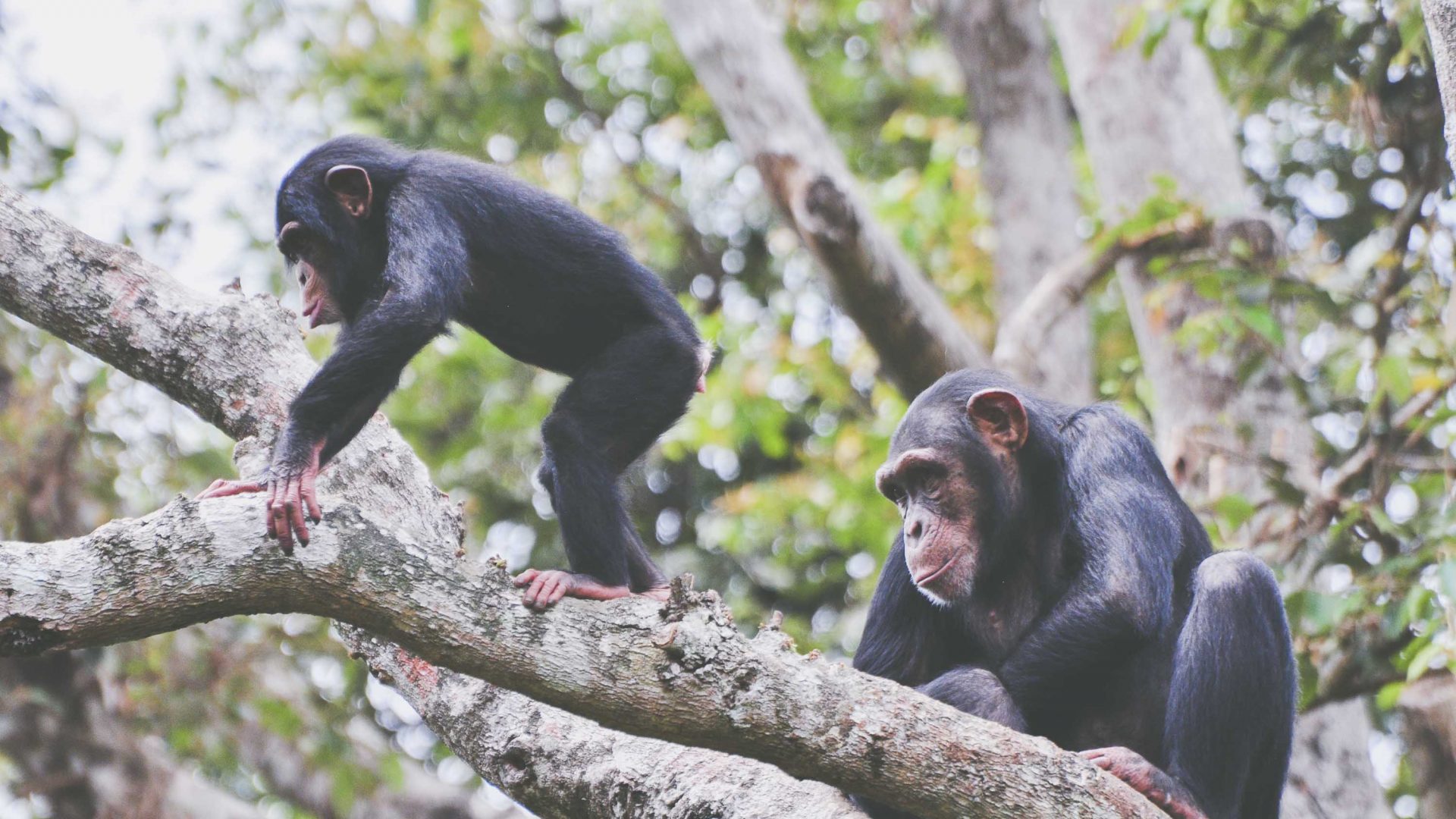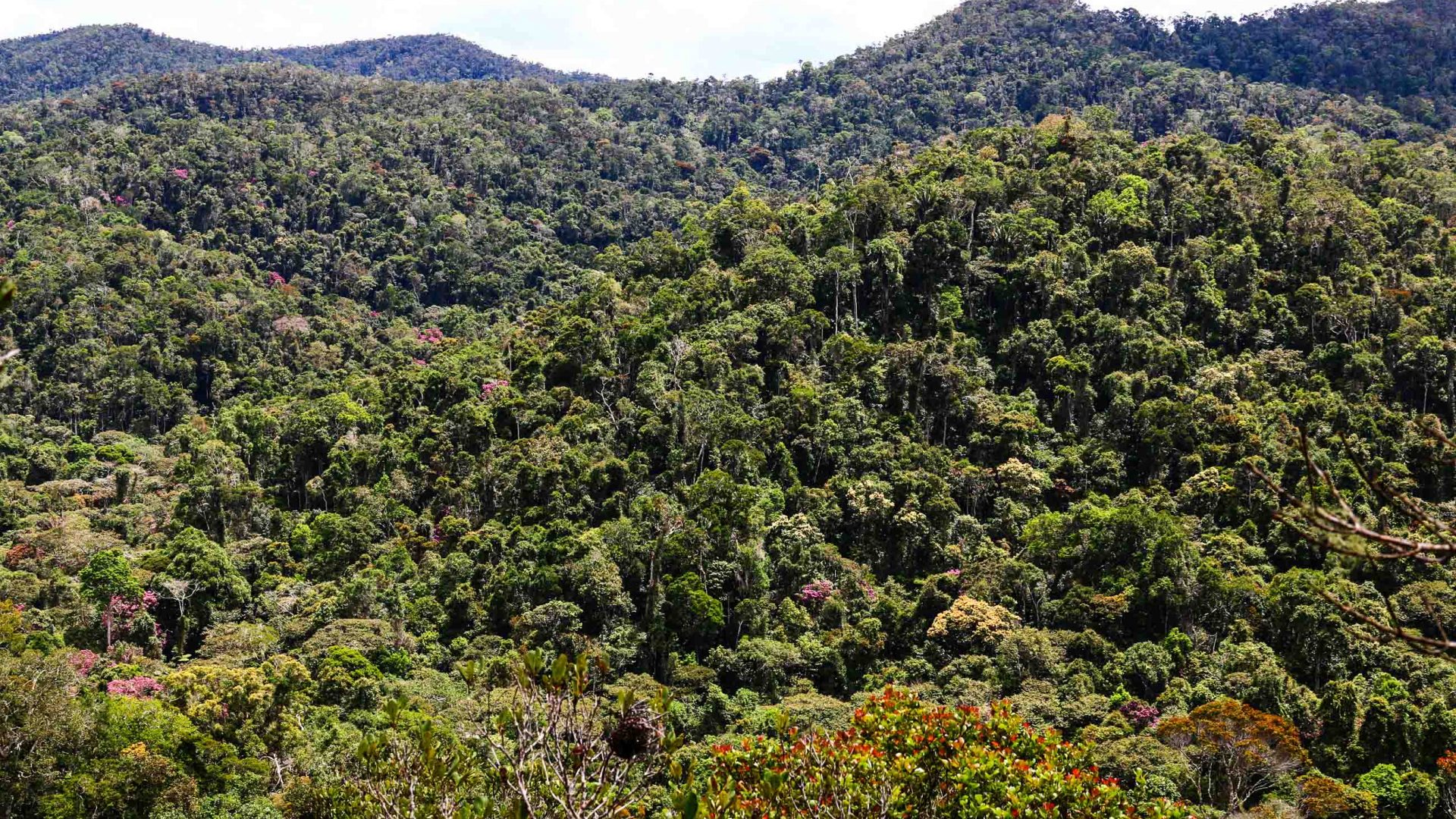
Editor’s note: This article was published before the coronavirus pandemic, and may not reflect the current situation on the ground.
It’s home to an incomprehensible number of endemic creatures, but almost all of Madagascar’s lemur species face extinction and biodiversity is under threat. What’s being done? Meera Dattani visits the world’s fourth-largest island to find out.
As the current bush fires in Australia demonstrate, the climate crisis is here, right now. It’s not an abstract concept, and it never was. Billions of animals have died, including an estimated 8,000 koalas, and that’s not including species extinction, injured wildlife, displaced communities, destroyed homes, and, at time of writing, 33 people dead.
Many scientists and experts warned that fires on this scale could occur. Too often, we’re warned about risks to our environment, wildlife or health—but we bury our head in the sand. Fortunately, there are changemakers in our world, dedicating their lives to positive impact.
One place where warning bells have been sounding is Madagascar. Off the southeast coast of Africa, the world’s fourth-largest and oldest island occupies 0.4 per cent of the world’s landmass, but has five per cent of its biodiversity. Over 80 per cent is endemic, found nowhere else in the world, including lemurs, one of the world’s most endangered creatures.
With almost all of Madagascar’s lemur species facing extinction, and deforestation a major issue, what do the scientists and conservationists on the ground really think? Is there a chance to put the brakes on a rapidly escalating crisis—or have the scales been tipped too far on the ‘eighth continent’?


